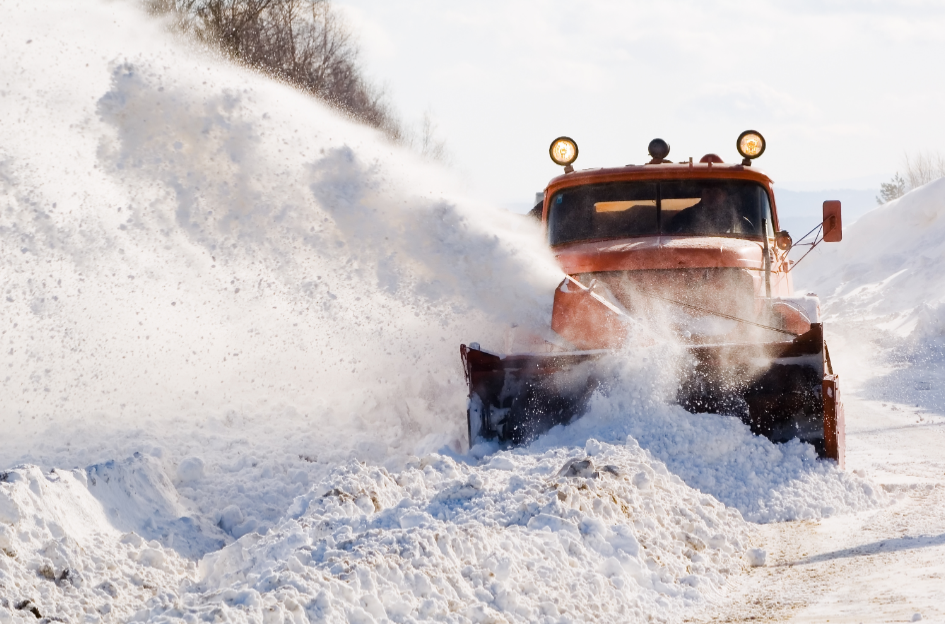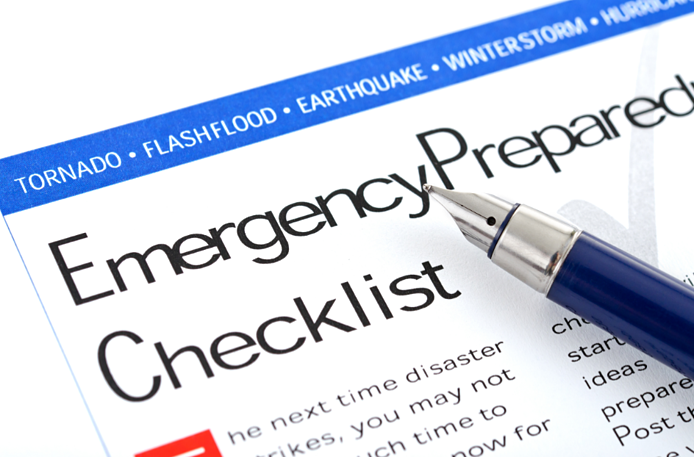
Winter weather has its effects on every type of property, but there are unique challenges that are faced only by managers of commercial and industrial facilities. These differences between residential and commercial snow removal have impacts on finances, scheduling, safety measures, liability concerns, and more. Some of the most notable challenges unique to non-residential snow and ice removal tasks include the following:
1. More Advanced Planning Is Necessary
Most homeowners can afford to wait till late fall to concern themselves with combating winter weather, but facility managers must begin preparations as early as mid-summer. Professional in-house crews or contracted snow removal companies must be oriented to the details of deicing methods, scheduling and role assignment, equipment upkeep, and emergency storm response. The larger premises and the absolute necessity of maintaining accessibility demand intense pre-planning.
2. Snow Depths Must Be Kept Lower
It may not always bother homeowners if three to five inches (7 - 13 cm) of snow sometimes sits on their pavements. So long as the car is not stuck and no one is using the sidewalk at the moment, all is well. Commercial pavements, however, must be kept clear at all times since even the weakest car must be able to ply the parking lot, and customers will not want to walk through snow on their way to the entryway.
3. Snow Removal Cannot Wait
Most homeowners don't mind scheduling snow removal only after the snow has fallen or even removing it themselves. Businesses, however, cannot afford to waste any time. Even while the snow is still falling or when it is forecast to start falling soon, they need to take action. If snow is allowed to accumulate, their facility will be temporarily closed off from the public, and it will also become a safety hazard to clients/employees who do still come. With hundreds or thousands of people visiting their premises every day, business owners simply cannot take the risk of a lawsuit should someone slip and fall on their property.
4. More Equipment and Personnel Is Needed
A simple shovel may be enough for residential snow removal, but commercial jobs require a large amount of heavy equipment and chemical applicants. A truck with a salt spreader and a plow attachment will probably be part of the repertoire, but it will likely not be enough. Calcium chloride will be needed to deice at temperatures below 10 ºF (-12.22 °C), and salt brine will be needed for pre-storm anti-icing. Professional strength snow throwers will be used in some areas, and snow-melting mats on the main pathways and entryways can keep them clear and dry. Finally, a large crew of several dozen people, each with their own specific assigned task, is also typical of commercial snow removal efforts.
5. A Strict Order Must Be Followed
It probably matters little, in most cases, which part of a relatively small residential snow removal job is tackled first. Yet, at large facilities, removing snow in the proper order ensures that accessibility is quickly restored and that safety hazards are quickly eliminated. As every facility is somewhat different, snow crews should "scout out" facility grounds to plan out the methods and order of removal. Snow melting mats might be purchased for certain priority areas like high-traffic walkways, main entrances, truck scales, fire lanes, and handicapped parking zones. Some areas will be cleared by plow, but some tight corners might require manual shoveling. Every nook and cranny must be planned out and done in the optimal order.
Commercial/industrial properties need to be immediately cleared of all snow and ice, as early and as extensively as possible, to keep them operational and to maintain high levels of safety throughout the wintertime.


